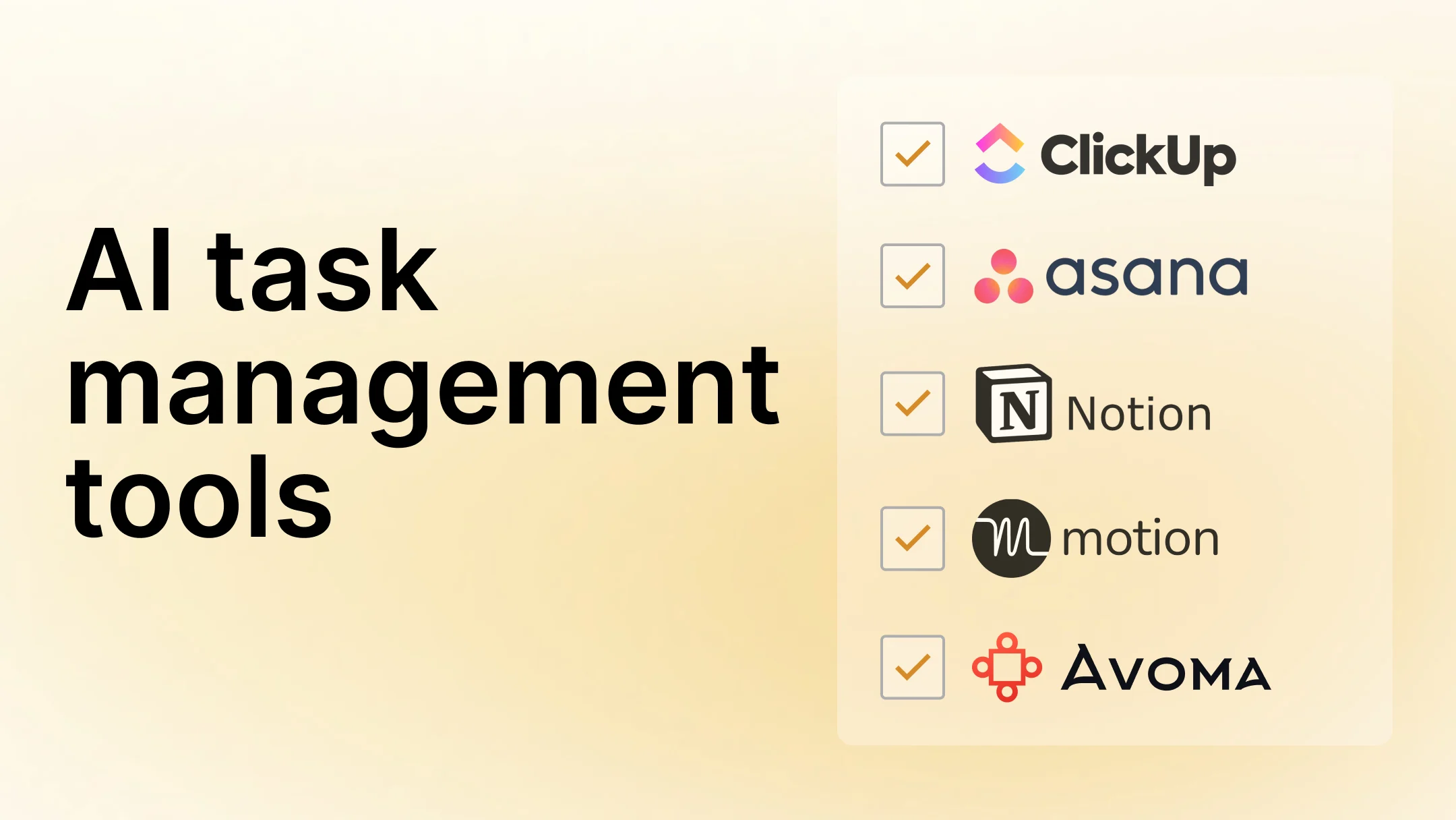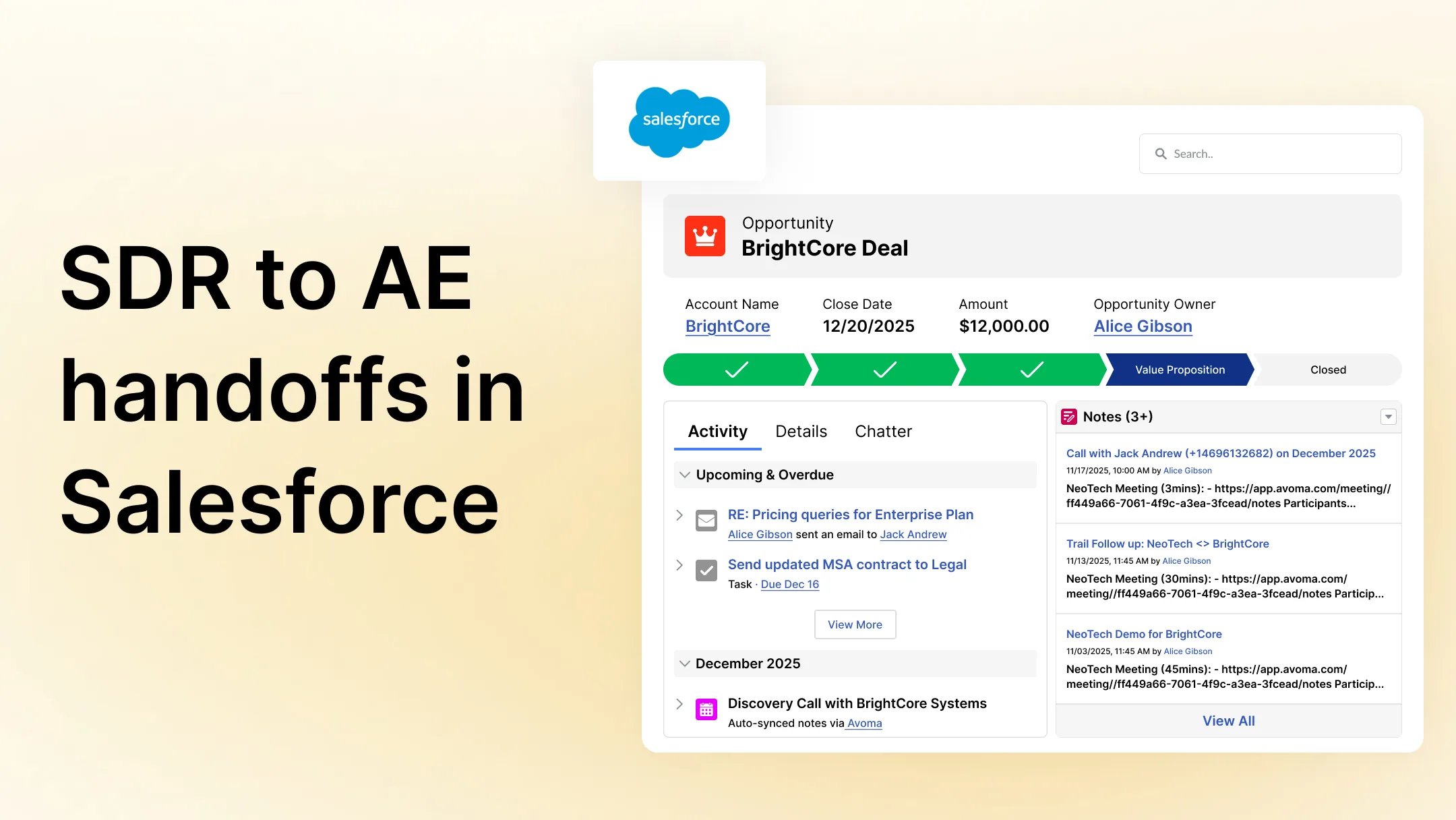How to Save 15% of The Time That You're Spending on "Managing" Meetings
Table of Contents:


Last week, I wrote about a problem that many of you didn’t really know exists in your day-to-day professional life - you’re spending up to 15% of your time just “managing” (not “attending”) meetings.
Who wants to just learn about a new problem without actually understanding how to solve it?
This week, I want to share some of the ways you can get back 15% of your time that you didn’t know you’re spending just “managing” (not attending) meetings -
1. Kill meetings
An “ideal” solution will be to not have any meetings at all. There are certain kinds of meetings you can avoid scheduling at all -
- Recurring meetings: In general, urge not to schedule any recurring meeting as much as possible. These seem useful in the early days, but become a drag on an ongoing basis. They’re especially time waster when the number of participants is large (more than 5) as only a few people are actively participating and rest are simply listening, or worst, doing multi-tasking.
- Weekly project status meetings: Ideally, try to keep a project team size small, that way everybody is already aligned with the progress of the team and everyone else’s whereabouts. In case the team size is larger, adopt other practices like - documenting status updates by individuals on their own at their convenient time in some shared and collaborative space.
- Weekly sync up meetings: If there are only a couple of topics if you need to sync up, it’s probably efficient to try using Email or Messaging apps to do quick sync up.
- Brainstorming meetings: *Generally, for brainstorming related situations, it’s probably better to have a person or few people with a strong point of views collaborate first offline - either document things individually or collaboratively and then seek feedback and comments from others instead of inviting everyone to a meeting and starting from scratch.
- Information gathering meetings: Try to schedule meetings only to derive a decision or outcome, rather than gathering information which could have been gathered in other mediums like - talking to individuals, over Email/Messaging apps, etc.
Having said all this, the reason I mentioned earlier it’s an “ideal” solution is - while it has been our dream to kill meetings for so many years, unfortunately, it hasn’t come true yet. In fact, I don’t think it will ever come true.
When Email was invented, it was supposed to kill meetings. While it had helped to reduce some meetings for sure, many times confusing emails are a primary reason why many people have to host a meeting and sort things out.
Similarly, instant messaging was supposed to kill Email and bring sanity to our “Inbox Zero” dream. On the contrary, constant interruptions in messaging are creating a less productive work environment with a short span of attention to anything.
And instant messaging has yet to kill meetings. In fact, you observe when you’re furiously exchanging chat messages with your colleagues, you realize that after a while it’s better to get on a quick call than exchanging messages and keep waiting while another person is typing.
In short, meetings are here to stay. So we better learn to manage and run them efficiently.
2. Hire executive assistants (EAs)
If you’re an executive or in a management position, one option is, you can hire an EA and outsource some of these low value “meeting management” tasks either entirely or partially to her such that you can focus on high-value tasks.
A proficient EA takes on a variety of roles at any given moment - and not just managing meetings. She can handle your emails, calendar, travel plans, lunch plans among other things.
Unfortunately, hiring an EA could be an expensive affair too. At some point, you will try to justify the price you’re paying to her vs your time’s worth.
If you can afford it and are getting more than 15% of your time back - then hiring an EA is a no-brainer!
3. Use intelligent assistants (IAs)
A luxury of “saving time” should not be available only to those who’re at the top!
What if you’re not in a management position and still organize a lot of meetings? Why should you be suffering from managing meetings inefficiently?
Fortunately, now you can also get some help from IAs. These are technology solutions powered by Artificial Intelligence.
IAs are best to -
- Automate low-value tasks like scheduling a meeting, dialing into a conferencing bridge, or planning for external meeting commute, etc.
- Augment high-value tasks like planning an agenda, preparing discussion materials, taking detailed meeting notes, etc.
Key advantages of IAs are -
- they are affordable and available at a significantly lower price point than hiring an EA
- they could work at any time for any kind of meetings, so they’re technically infinitely scalable.
However, not all IAs available in the market are very mature today in terms of delivering outcomes as accurately as EAs can. Some IAs do certain tasks quite accurately at scale, but not all kinds of complex tasks. Having said that -
It’s just a matter of time - for certain tasks, IAs might turn out to be more accurate, resourceful and effective than EAs.
4. Use intelligent assistants (IAs) powered by executive assistants (EAs)
The good news is - IAs are becoming more mature and reliable day by day. Until they become fully reliable, some solution providers are - i) leveraging technology advancements in Machine Learning and Natural Language Processing and ii) also hiring EAs to deliver the ultimate value and outcome to the end customer.
By combining IAs and EAs, these solution providers are essentially making -
- IAs more reliable with the help of EAs
- EAs more scalable and affordable with the help of IAs
In such solutions, instead of EAs doing every task from scratch, IAs take the first shot at it and do as much as they can, and then EAs just review their work and accordingly approve or correct their work.
While these hybrid solutions are not as cheap as IAs, they’re also not as expensive as dedicated EAs. Since IAs are augmenting the work of EAs, the same EA can now work more effectively across multiple tasks or multiple customers delivering the same result at a much lesser price point.
I predict these hybrid solutions -
IAs powered by EAs will become more mainstream than either EAs or IAs independently for managing complex tasks of entire meeting lifecycle.
The future is - efficient and effective you!
Obviously, not all meetings are created equal. Some are very important and high value, and some are not. So depending on the importance of a meeting, you might spend more hands-on time yourself vs leverage an EA or IA or combination of both.
In the end, more you delegate both low and high value meeting management tasks to these solutions, more you will become an efficient and effective version of yourself to focus on your core work with less stress in life.
In the interest of time, I just introduced some high-level solution concepts this week but didn’t suggest specific tools or solutions to use.
In the next week, I’ll write the next part of this post and share what specific tools, software or solutions to use to get back 15% of your time, that you didn’t know you’re spending on just “managing” meetings, and not actually attending them!
This post is a part of a 3-part series on managing meetings effectively:
- Part 1: The Time Spent on Managing (Not Attending) Meetings is More Than 15%.
- Part 2: This article!
- Part 3: 24 Tools For Saving Meeting Management Time.
Frequently Asked Questions






What's stopping you from turning every conversation into actionable insights?









